23 F. high in the Twin Cities Wednesday.
39 F. average high on November 19
47 F. high on November 19, 2013.
1/2" snow fell yesterday at KMSP.
4" snow on the ground.
November 19 in Minnesota Weather History. Source: MPX National Weather Service:
2006:
Lake effect snow occurred on the larger lakes in Minnesota. Northwest
winds from 8 to 12 mph accompanied an air mass in the single digits.
This moved over lakes with water temperatures near 40 degrees. A cloud
plume from Mille Lacs stretched all the way Siren Wisconsin. Snow from
Ottertail and Lake Lida reduced visibilities at Alexandia to a few
miles. Even some low clouds formed from Lake Minnetonka and were
observed at Flying Cloud Airport.
1996:
Heavy snowfall accumulations of four to eight inches occurred over much
of Central Minnesota. Some of the heavier amounts included 8 inches at
Montevideo and Gaylord, 7 inches at St. James, Mankato, Madison and
Stewart. Six inches was reported in the Twin Cities and Glenwood.
1953: Freezing rain hits parts of Minnesota. 3 inches of ice on wires at telephone wires at Lake Benton.
5 Sigma
Minnesota
is freckled with lakes - with the exception of Superior none of them
large enough, with a long enough "fetch", to spark lake-effect snows.
Yes,
it could be worse. You could be stuck in Buffalo. As much as 70 inches
of snow has piled up on the south side of the city. Roads are
impassable, the National Guard has been called out - this is one of the
biggest dumpings on record, coming unusually early.
What's going on? We're seeing more instability and volatility in the weather than ever before. On Saturday I witnessed a "
5.5-Sigma event"
over Alaska; a bubble of amazing warmth for mid-November. According to
local science writer Greg Laden the odds of a 5.5 Sigma event, more than
5 standard deviations from the mean, is about 1 in 26 million.
Incomprehensibly small. Extremes are becoming more extreme.
The
odds of El Nino have risen to 70 percent; I'm still not convinced this
winter will be a carbon copy of last winter. More details below.
A
weekend thaw is still likely; a cold rain Sunday ending as a couple
inches of snow Monday. I expect good travel weather Tuesday &
Wednesday, but latest ECMWF guidance hints at more accumulating snow for
Thanksgiving Day.
I picked a bad winter to sell my snowmobiles.
The Squishiness Of The Phrase "Polar Vortex".
What's the difference between a severe cold front and the much-maligned
(and overused) "polar vortex" terminology? Meteorologist Eric Holthaus
does a good job explaining the differences and complexities for
Slate; here's an excerpt: "...
To say there’s been a bit of discussion
for the last 10 months or so about the polar vortex would be an
understatement the size of the Arctic. The phrase is now a permanent
part of our wintertime vocabulary. But the term is also somewhat
nebulous. That’s led some journalists and meteorologists to get pretty bent out of shape about its resonance in popular media, even coining an unwieldy hashtag: #StopPolarVortexAbuse..."
* Map above courtesy of
mesonet.org.
Definition of Lake Effect.
Temperatures in the teens passing over open lake water (no ice yet)
with temperatures in the 40s continues to create white-out conditions
downwind of the Great Lakes; closing in on 7 feet of snow for some
communities south of Buffalo. Lake effect continues today before finally
winding down on Friday. 60-hour NAM snowfall prediction: NOAA and
HAMweather.
Thaw - Rain - Snow - Repeat? European
model data confirms a welcome weekend thaw; temperatures may top 40F by
Sunday (grilling weather!) before cooling down again next week. The
lowest mile of the atmosphere should be warm enough for rain Sunday,
ending as a period of wet snow Monday. Travel conditions improve Tuesday
and Wednesday before the next storm sliding south of Minnesota pushes a
shield of accumulating snow into town Thanksgiving Day. Great timing!
Monday and Tuesday appear to be the windiest days right now. Source:
Weatherspark.
Tropical Pacific Ocean Moves Closer to El Nino. The odds of an El Nino have risen to 70% according to Australia's
Bureau of Meteorology; here's an excerpt of a recent release: "
The
Pacific Ocean has shown some renewed signs of El Niño development in
recent weeks. Above-average temperatures in the tropical Pacific Ocean
have warmed further in the past fortnight, while the Southern
Oscillation Index (SOI) has generally been in excess of El Niño
thresholds for the past three months. Climate models suggest current
conditions will either persist or strengthen. These factors mean the
Bureau's ENSO Tracker Status has been upgraded from WATCH to ALERT
level, indicating at least a 70% chance of El Niño occurring..."
Buffalo Area Braces For Even More Snow.
The heaviest amounts, anywhere from 5 to 7 FEET, have fallen on the
south side of the city, moist, unstable air rising up and over hilly
terrain adding to the totals; snow falling at the rate of 5-7" an hour
at times with thunder and lightning. Snowmageddon? Yep. Here's an
excerpt from
Democrat & Chronicle: "...
Unofficially,
though, 70 inches of snow would about equal another mega-event — a
weeklong burst of snow in December 1958 in the same southern reaches of
the city, and approach an even more jaw-dropping multiday storm in
December 2001 that reportedly left 80 to 90 inches in places. Additional
snowfall later this week could challenge that highly unofficial record..."
Snowvember in Buffalo. Monster Storm Dumps Historic Amount of Snow. Here's a clip from a story at
The Buffalo News: "...
Dave
Zaff of the National Weather Service in Buffalo said there’s no
meteorological term for the phenomenon that created that strikingly
pronounced wall of clouds and churned out the unbelievable amount of
snow. “Whiteout to blue sky in a very, very short distance,” he said. It’s not unheard of when it comes to lake-effect storms. But the snow totals? They may be for the history books. “This will be a historic event,” Zaff said. “Absolutely. It is a historic event...”
*
The Washington Post has some
amazing time-lapse footage
of snow squalls setting up over the southern suburbs of Buffalo. I
can't recall ever seeing such a sharp cut-off to the heaviest snow
bands.
Lake Effect Snow Band.
The bright white band is the thickest cloud cover, dropping the most
intense snow. Prevailing winds in the lowest 5,000 feet of the
atmosphere have kept the heaviest snows just south of Buffalo, but this
Modis Aqua high-resolution image shows just how close downtown Buffalo
came to getting smacked. Image:
National Weather Service.
Greatest 24-Hour Snowfall on Record For The U.S.? Christopher C. Burt has the story at
Weather Underground; here's the introduction: "
This
past week some exceptional snowfall amounts were reported in northern
Wisconsin (50.1” at Gile) and the Upper Peninsula of Michigan (42.5” at
Ishpeming 7 NNW) largely the result of some intense lake-effect snow
squalls coming off Lake Superior. The accumulations occurred over
approximately a 96-hour period from November 11-14. Amazing as these
totals were they couldn’t compare to the official U.S. record of 75.8”
at Silver Lake, Colorado in 24 hours on April 14-15, 1921, or another
contender for such: the 78” at Mile 47 Camp in Alaska on February 7,
1963..."
Ice Safety.
With our extended spell below freezing lakes are freezing us rapidly;
there's a temptation to get out and ice fish or skate sooner rather than
later. But the
Minnesota DNR reminds you that the guidelines above are minimums, assuming new, clear ice. Be careful out there.
How To Protect Your Phone In Cold Weather. Here's an excerpt of a
CNN story that made me do a double-take: "...
Some smartphones list the optimum range of temperatures in their technical specs. For example, when it's turned off, the iPhone 5S
can withstand temperatures between -4° and 113° Fahrenheit. When it's
turned on, the range is much more narrow. Apple suggests 32° Fahrenheit
as the lowest operating ambient temperature. Other phones are rated for
much lower temperatures, and some can go as low as -4° Fahrenheit while
in operation..."

A Road Test of Alternative Fuel Visions. Will some of us be driving hydrogen-powered cars in the very near future? Here's an excerpt of a story at
The New York Times: "...
After
many years and billions of dollars of research and development,
hydrogen cars are headed to the showrooms. Hyundai has been leasing the
hydrogen-powered Tucson sport utility, which it describes as the world’s
first mass-produced fuel cell car, since June, for a $2,999 down
payment, and $499 a month. (That includes the hydrogen. A lease on a
gas-powered Tucson is about half as much.) This week, Toyota is
introducing a sedan called Mirai, which means “future” in Japanese..."
* CNET has more on the Toyota Mirai
here. Geek.com has more details
here.
The Fall of Facebook.
Can the social media giant remain on top, or will privacy concerns
nudge us all in a different direction - is the platform sustainable over
the long term? Here's an excerpt from
The Atlantic: "...
And yet, significantly, people
haven’t let go of their unease about Facebook’s core idea. “In three
years of research and talking to hundreds of people and everyday users,
I don’t think I heard anyone say once, ‘I love Facebook,’ ” says Clive
Thompson, the author of Smarter Than You Think: How Technology Is
Changing Our Minds for the Better. Like a New Urbanist dream
neighborhood where every lamppost and shrub seems unnervingly designed
to please you, there’s a soullessness about the place. The software’s
primary attributes—its omniscience, its solicitousness—all too easily
provoke claustrophobia..."

Lake Effect Surf's Up. There's crazy, and then there's Buffalo-crazy. Check out this jaw-dropping video at
Digg: "
It's
about 26 degrees outside. Winds are at 35 MPH. With the windchill, it
says it feels about 13. We're gonna go check out the waves."
A Tiny Hamster Thanksgiving. If you're bored beyond recognition and want a good chuckle check out this
YouTube clip.
A group of polite hamsters enjoying a Thanksgiving feast. It's dawning
on me that too many people have way too much free time on their hands.
TODAY: Partly sunny, a brittle breeze. Winds: NW 10-15. Wind chill: -8. High: 17
THURSDAY NIGHT: Clear to partly cloudy and chilly. Low: 1
FRIDAY: Cold start. Milder finish with intervals of sunshine. High: 31
SATURDAY: Peeks of sun, long overdue thaw! Better travel day. Wake-up: 21. High: 38
SUNDAY: Rain developing. Some icing possible, especially outside the metro area. Wake-up: 32. High: 42
MONDAY: Rain changes over to snow. Couple inches? Wake-up: 31. High: 33
TUESDAY: Flurries taper. Better travel conditions. Wake-up: 18. High: 23
WEDNESDAY: Clouds increase, still dry. Wake-up: 14. High: 27
THANKSGIVING DAY: Period of accumulating snow possible. Wake-up: 25. High: 28
Climate Stories...
Dear Snow Trolls: Winter Weather Does Not Refute Global Warming. The Washington Post hosts an obligatory story about the difference between weather and climate; here's an excerpt: "...
Indeed,
much evidence suggests that we may be experiencing this stark cold
while en route to the warmest year in recorded history. Just recently we
learned
that at least according to data from the Japan Meteorological Agency
(which may soon be confirmed by the National Oceanic and Atmospheric
Administration), October 2014 on a global level was the hottest October
on record. And even before we knew what October's temperatures looked
like, NOAA had shown that there was a very good chance of 2014 setting an overall temperature record...."
Northern Hemisphere
temperature anomalies for November 19 obtained using Climate Reanalyzer
(http://cci-reanalyzer.org), Climate Change Institute, University of
Maine, USA
More Frequent Wave Resonance in the Atmosphere.
The number of planetary wave resonance events (which lead to
exceptional weather extremes) is shown as grey bars for each 4-year
intervals. For comparison the red curve shows the change in Arctic
temperature relative to that in the remainder of the Northern
Hemisphere. Rapid Arctic warming since 2000 could explain the increasing
number of weather extremes. Source: Coumou et all, PNAS 2014.
The Moral Issue of Climate Change.
Climate change is a moral and even a spiritual issue, as much as a
scientific and economic issue. Here's an excerpt of a David Ignatius
Op-Ed at
The Washington Post that caught my eye: "...
They
reject or minimize the arguments of leading scientists that such
emissions are directly linked to global warming and climate change and
could have catastrophic long-term consequences. The doubters question
the data, to be sure. But their basic argument is political: Action to
protect the environment will hurt “my state.” But what if the climate
change problem were instead treated as a moral issue — a matter like
civil rights where the usual horse-trading logic of politics has been
replaced by a debate about what’s right and wrong?..."
China To Cap Coal Use by 2020 To Meet Game-Changing Climate, Air Pollution Targets.
Think Progress has an update on the historic changes taking place in China - here's an excerpt: "
The Chinese government announced Wednesday it would cap coal use by 2020. The Chinese State Council, or cabinet, said
the peak would be 4.2 billion tonnes, a one-sixth increase over current
consumption. This is a staggering reversal of Chinese energy policy,
which for two decades has been centered around building a coal plant or
more a week. Now they’ll be building the equivalent in carbon-free power
every week for decades, while the construction rate of new coal plants
decelerates like a crash-test dummy..."
11 Year Old Takes Vow of Silence Demanding Climate Action. Will
it take a mass, grassroots effort and civil disobedience to get the
attention of politicians worldwide? Some days I wonder. Here's an
excerpt from
Ecowatch: "
Eleven-year-old
Itzcuauhtli Roske-Martinez is proving to the world that sometimes the
most powerful thing you can say is absolutely nothing. Today marks Day
22 of the indigenous eco-rapper’s silent strike demanding science-based climate action. His T-shirt explains, “I am taking a vow of silence until world leaders take action on climate change.”
After classmates suggested that one sixth grader in Colorado couldn’t
influence leaders, Itzcuauhtli added, “When I say world leaders, I’m
talking about us...”
Here's How The U.S. Can Adapt To Climate Change.
Climate Central has an interesting story - here's a clip: "...
Climate change poses heat- and flood-based risks to roads, power plants, harbors, water delivery systems, rail lines, water treatment facilities
and bridges. The group urged the federal government to reduce those
risks by building in low-risk areas, where possible, and by retrofitting
vulnerable infrastructure that can’t be relocated. The group also
called for a boost in spending on green and natural infrastructure, such
as the replanting of wetlands to buffer against flood surges and sea level rise..."
7 Solutions to Climate Change Happening Now. Here's an excerpt from an article at
Scientific American: "...
More than 20 percent of new, large power plants
built in the U.S. in 2013 employ sunlight to generate electricity. And
that does not include solar panels on people's rooftops, which alone
added nearly two gigawatts of capacity last year. In addition, natural
gas replaced coal as the largest source of new electricity generation.
The shale revolution enabled the U.S. to reduce its carbon dioxide
emissions “while maintaining economic growth by switching from coal to
gas," notes Nobuo Tanaka, former head of the International Energy Agency
(IEA) and a now a visiting fellow at Columbia University..."
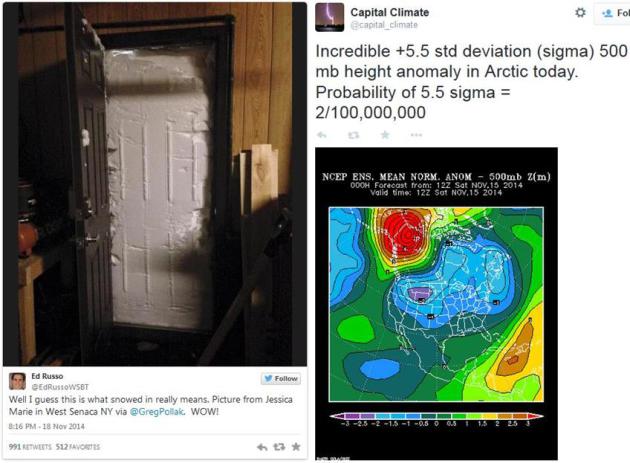

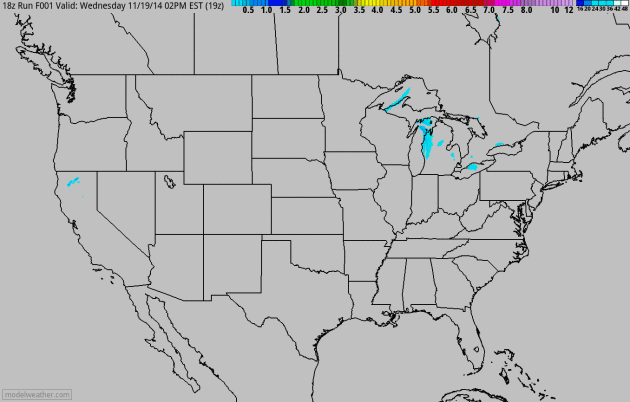


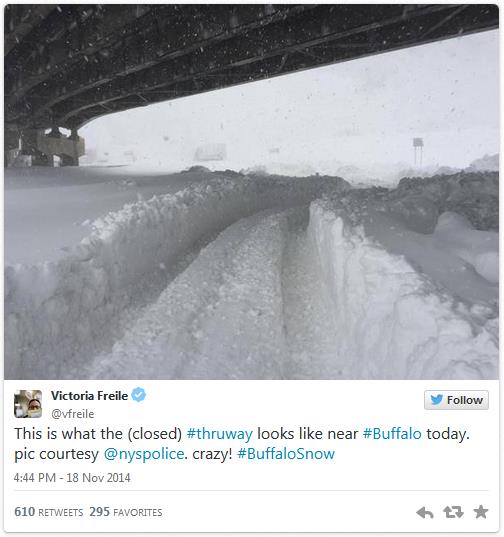
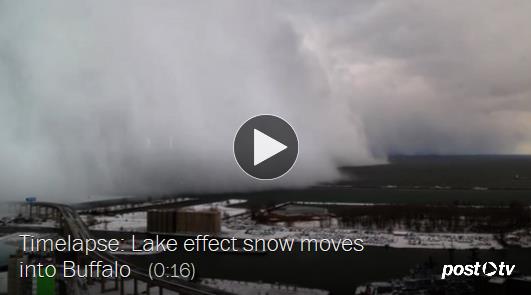

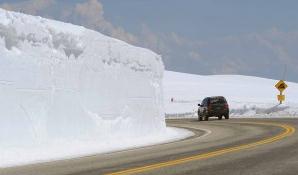
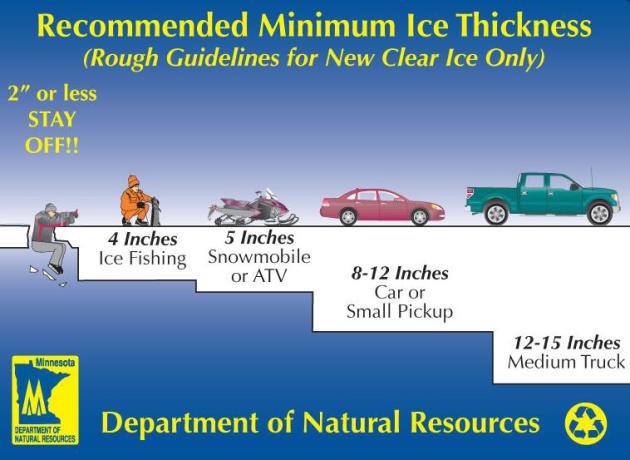
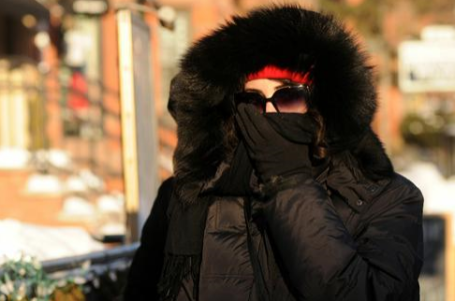

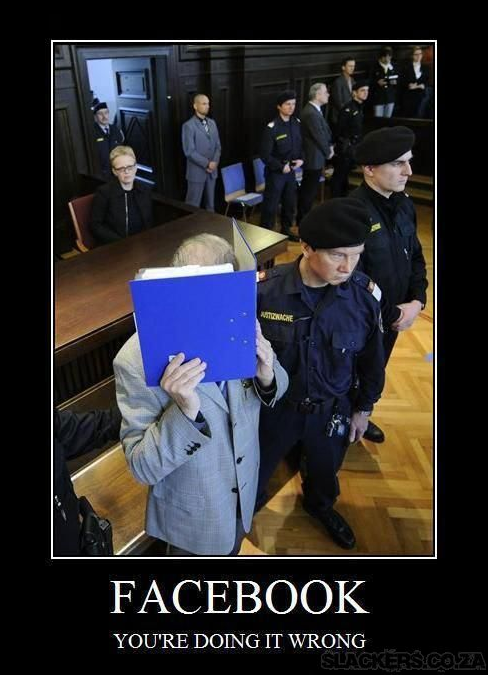

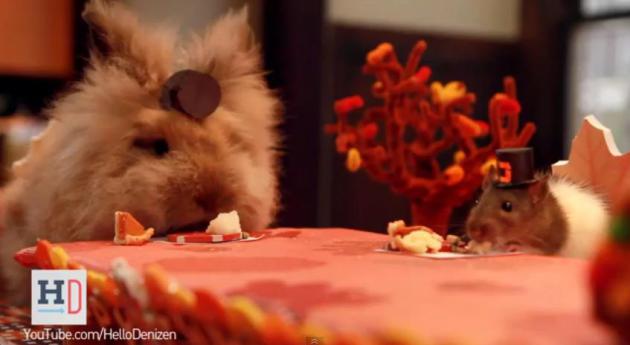
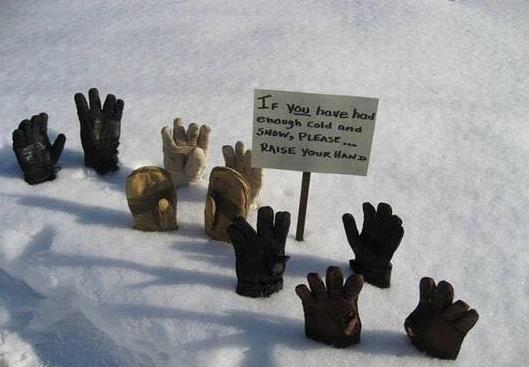
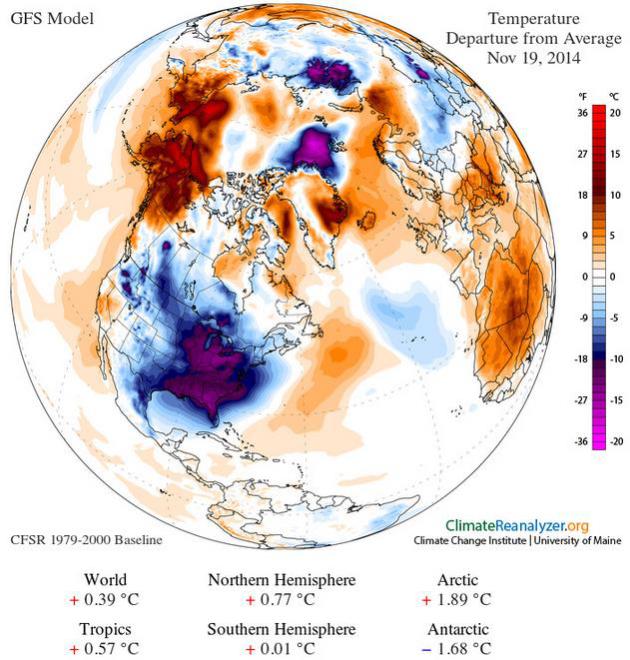
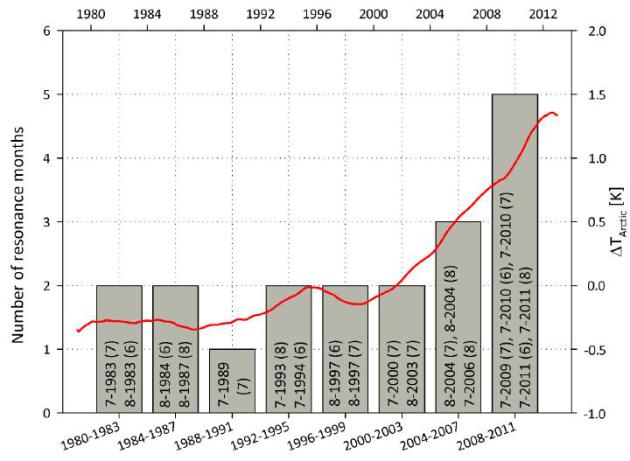
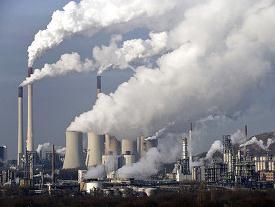



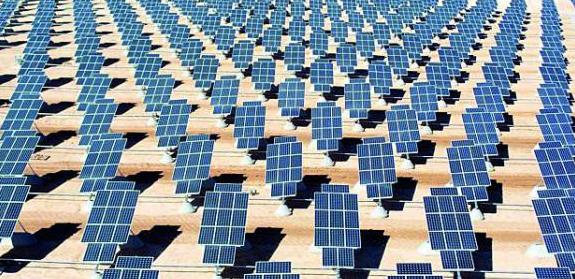
No comments:
Post a Comment